15 Tips on How to Use Fiber for Weight Loss

When trying to lose weight, lots of people focus on amping up their protein intake. However, increasing the amount of fiber you eat can also be a game-changer. Obviously, you can take a fiber supplement. However, there are lots of other ways to get more nutrients into your diet. Here are 15 tips on how to use fiber for weight loss, according to research and health experts.
Aim for 30 Grams of Fiber
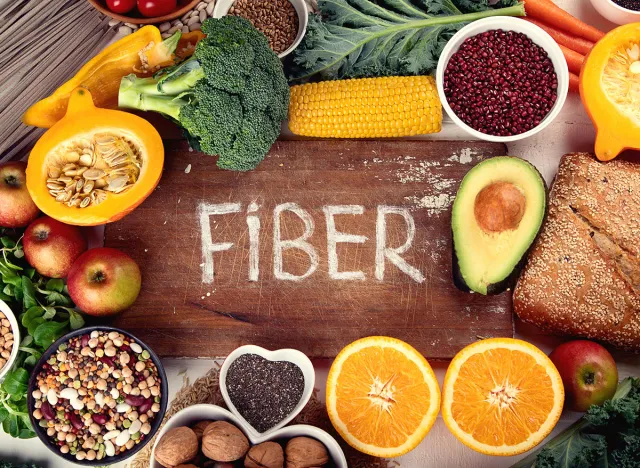
A study published in Annals of Internal Medicine found that eating 30 grams of fiber each day can help you lose weight, lower blood pressure, and improve the body's response to insulin just as effectively as the more complex American Heart Association's (AHA) diet.
Fiber Takes Longer to Digest
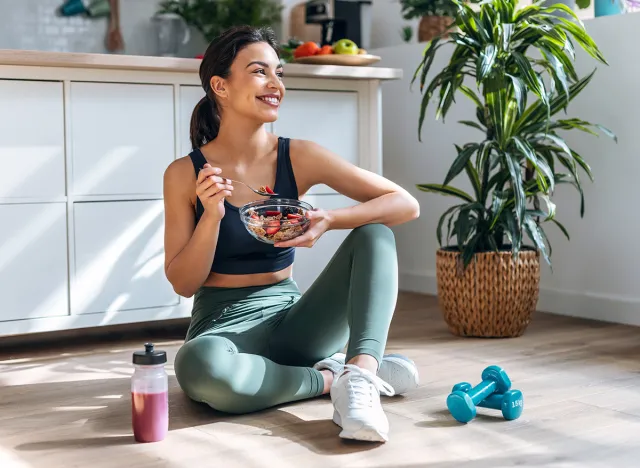
How does fiber help with weight loss? For one, "this nutrient can help people feel fuller longer because it takes longer to digest," says Dominique R. Williams, MD, MPH, medical director and obesity specialist at Abbott.
Consciously Incorporate Fiber Into Every Dish
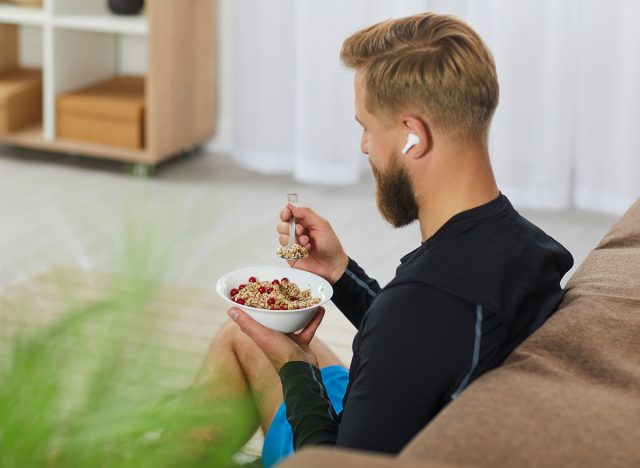
Williams recommends incorporating high-fiber fruits, vegetables, whole grains, and beans into meals. "An easy way to do this is to 'upgrade' every dish," she says.
Swap Whole Grain Pasta for White Pasta
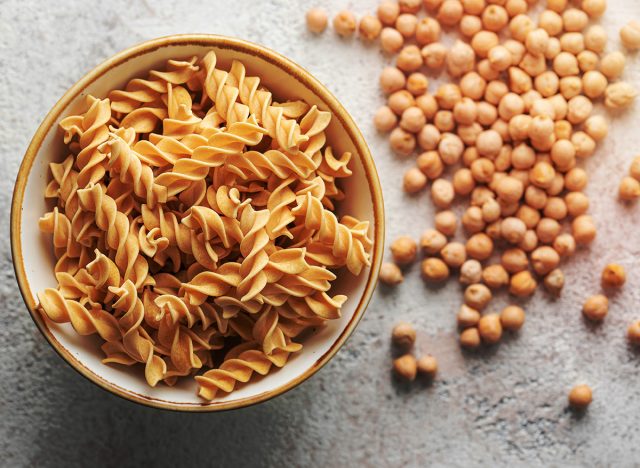
No, you don't have to sacrifice your love of pasta to lose weight. "Use whole-grain pasta instead of white," suggests Williams. Alternatively, you can try a chickpea pasta like Banza, which is high in protein and fiber.
Eat Veggies with Dip
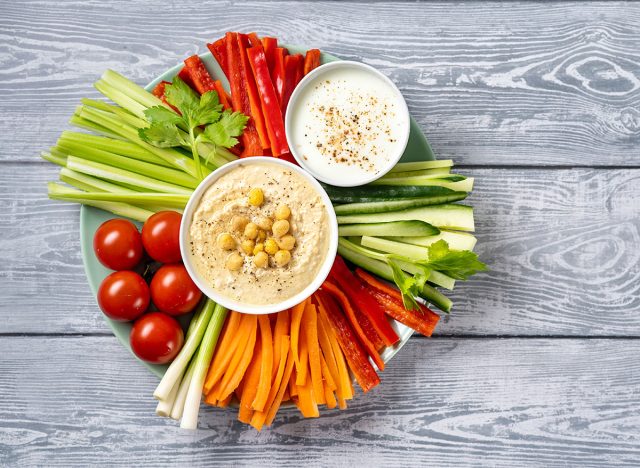
Looking for a snack that adds some fiber to your diet? "Use veggies with dip instead of chips," she says.
Add Fruit
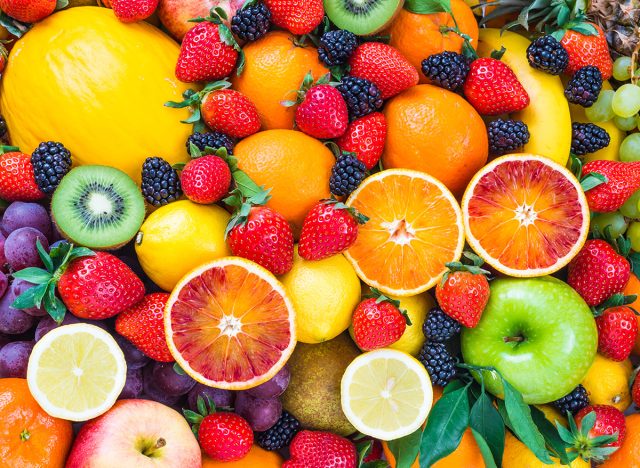
Fruit is a great source of fiber and can sweeten up any meal, says Williams. "Top whole grain toast or whole grain cereal with fruit," she recommends.
Pair Fiber with Protein

Williams stresses that people on weight loss journeys should also prioritize protein intake. Here's why: "As people lose weight, they also lose muscle. Increasing protein not only helps to preserve muscle during weight loss but also helps to control appetite and body weight," she says.
Nutrition Shake

Williams recommends Incorporating a nutrition shake like Abbott's Protality. "It has 4 grams of fiber and 30 grams of high-quality protein can help increase protein and fiber intake as one looks to balance their diet," she says.
Chia Seeds
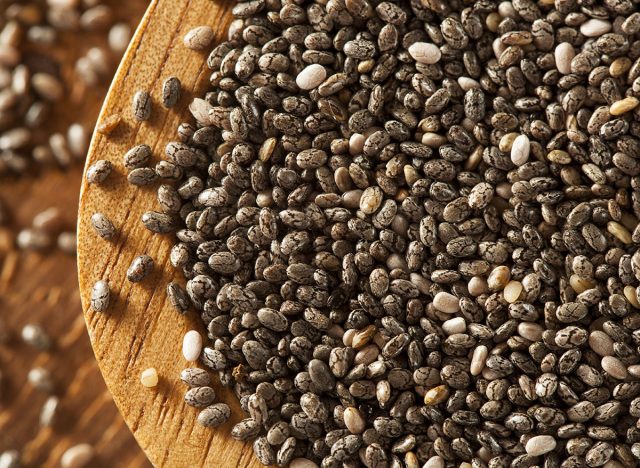
Chia seeds are also high fiber and packed with omega 3, says Amy Lee, MD, Chief Medical Advisor at Lindora. "Its ability to expand with liquids can help with keeping one full and satisfied," she says. They are also great for throwing in a smoothie or sprinkling on yogurt or a smoothie bowl.
Psyllium Husk
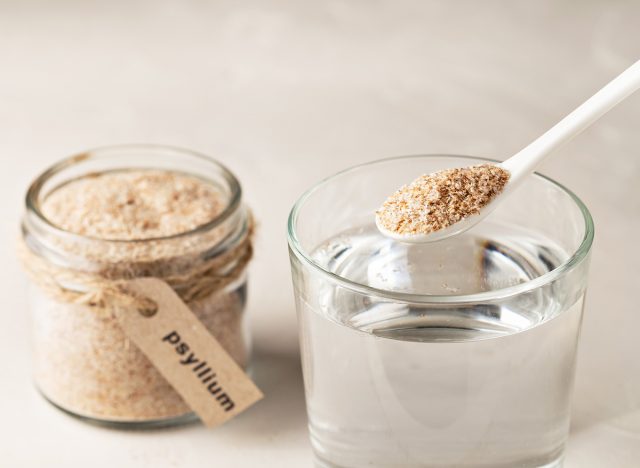
Psyllium husk is a great source of fiber. A study published in the Sept. 15, 2018, American Journal of Clinical Nutrition, found that psyllium husk also helps lower LDL cholesterol levels as well as two other lipid markers for heart disease.
Swap Your Cereal for High Fiber Cereal
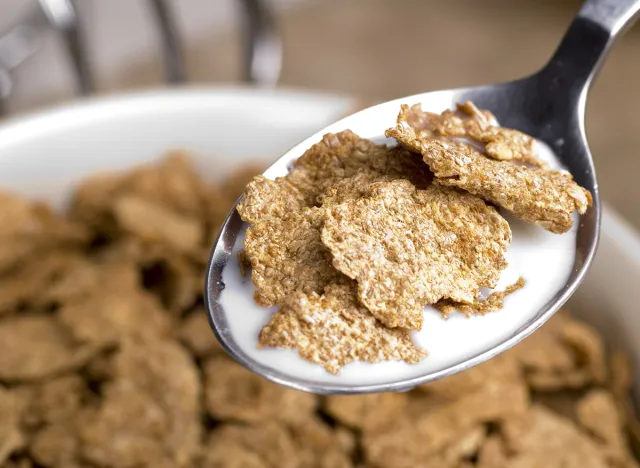
If you eat cereal in the morning, make sure to pay attention to the fiber content. One-half cup of Fiber One cereal boasts 14 grams of fiber, while All Bran offers 10 for the same serving.
RELATED: I Lost 40 Pounds on a Vegan Diet and Here's How
Swap White Rice for Barley or Brown Rice
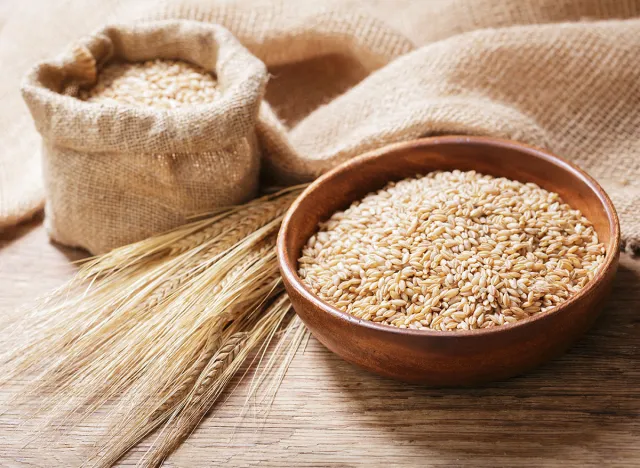
When choosing between rice, remember that brown has more fiber. White rice only has 0.6 grams of fiber per one-cup serving. One cup of cooked barley has 9 grams of fiber, while the same serving of brown rice offers 4.
Swap White Bread for Wheat

When choosing bread, always opt for whole grains. One slice of white bread offers about 0.8 grams of fiber. The same slice of whole wheat bread boasts around 3.
Add Beans to Your Salad or As a Side
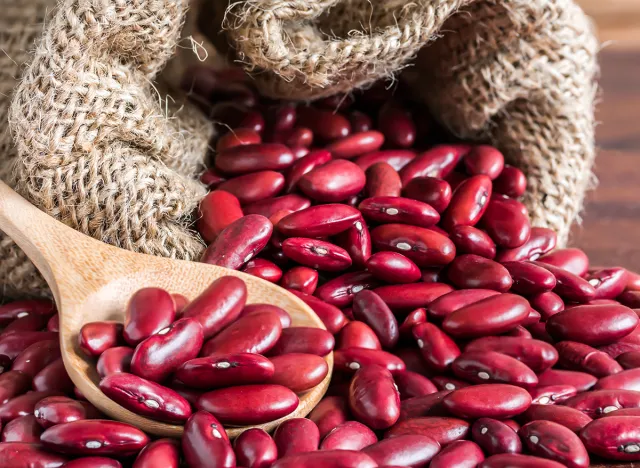
If you are making a salad or looking for a side, throw in some beans. One-half cup of kidney or lima beans offers 6 grams of fiber, while baked beans have 5.
RELATED: 10 Ways to Lose Your Arm Flab in 4 Weeks
Leave the Skin On Your Fruit
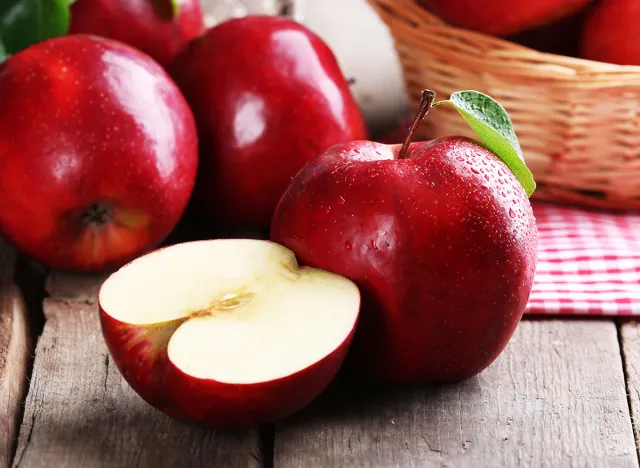
Whether you are eating an apple or a pear, leave the skin on. You might not know this, but about half the fiber in either fruit is courtesy of the skin.
💪🔥Body Booster: To maintain muscle while losing weight and manage your appetite, eat more protein-rich foods like lean meats, fish, eggs, legumes, and low-fat dairy products.




